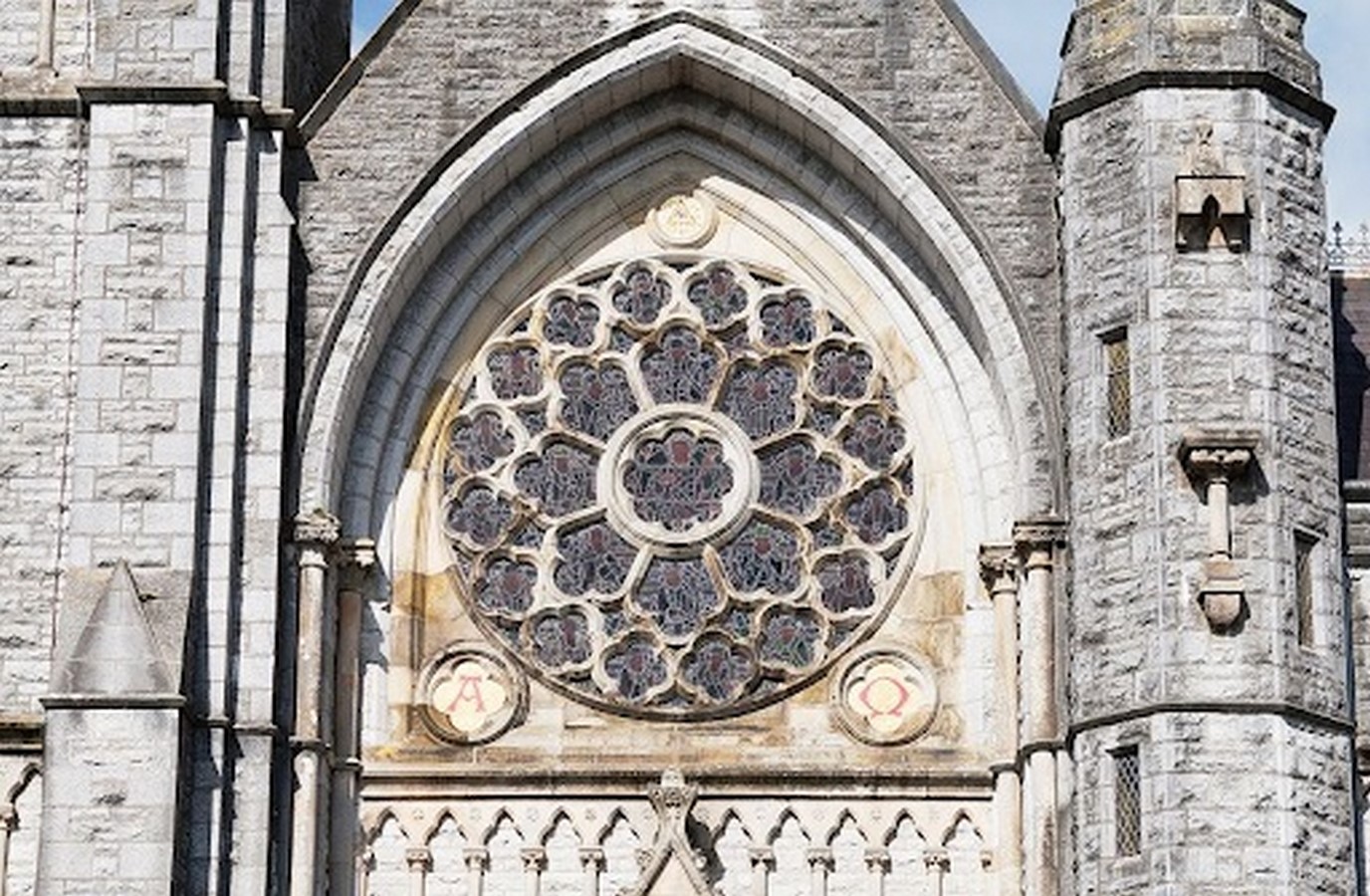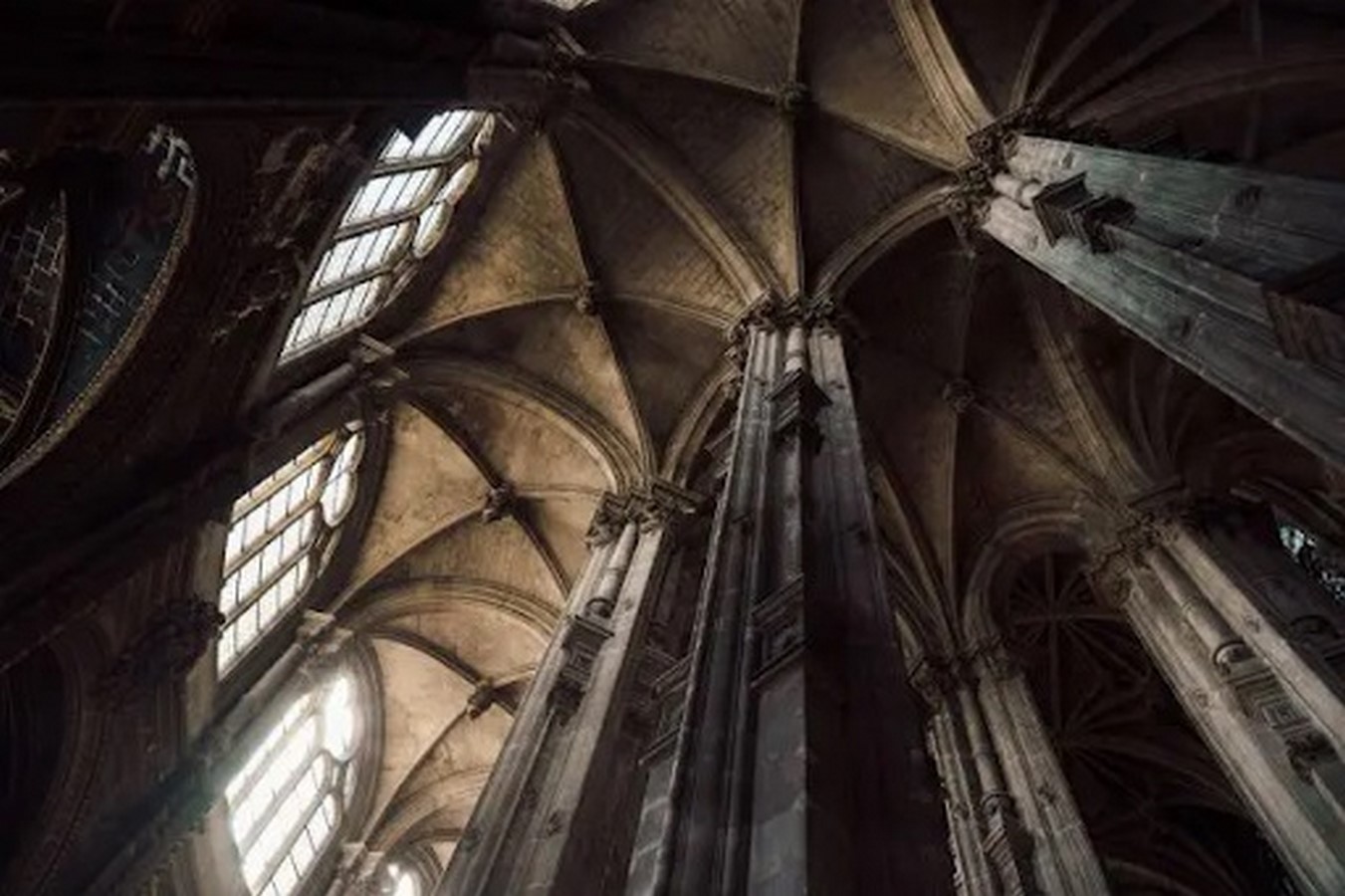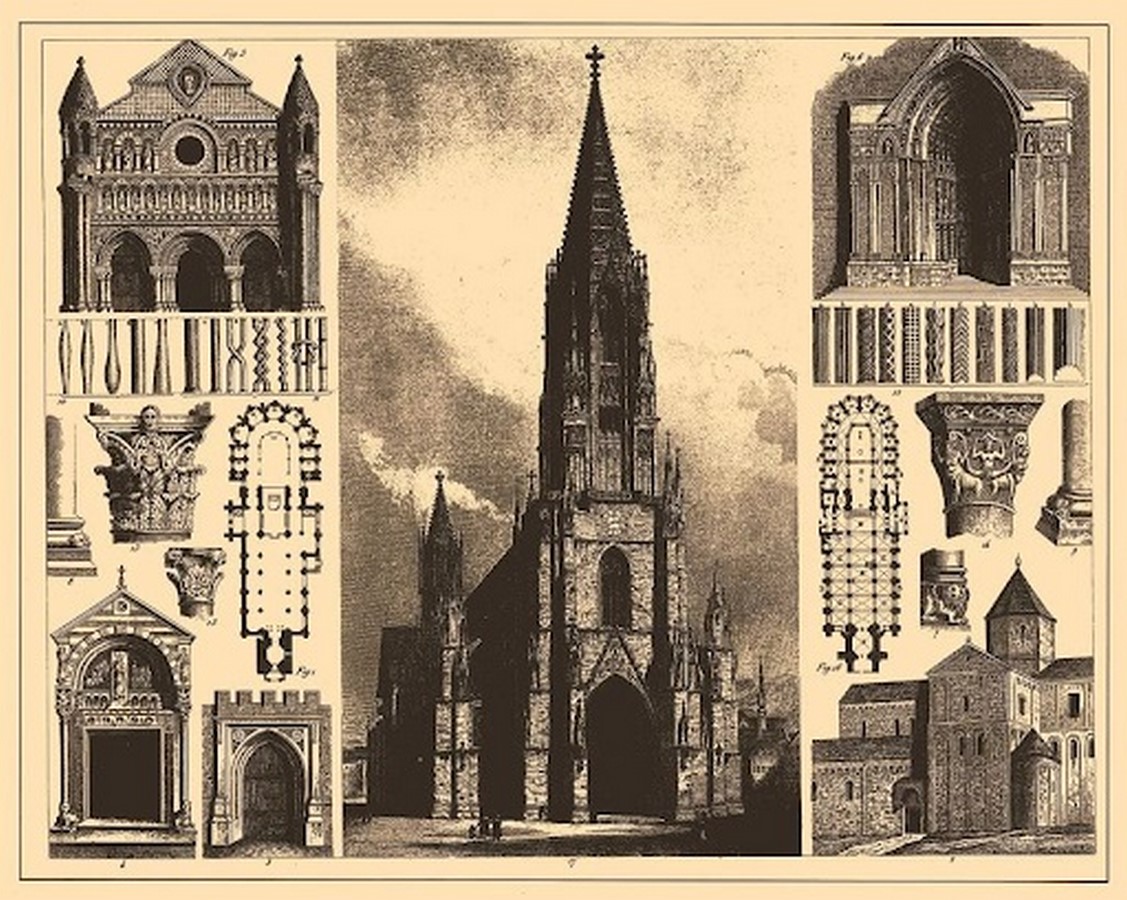How Did Giorgio Vasari Describe Gothic Art and Architecture?

From towering churches, pointed arches, flying buttresses and stained glass windows, the word 'gothic' evokes images of alpine, towering structures and haunted houses. The movement originated and flourished in Northern France and parts of Italy before spreading to the rest of Europe. Arts and portable works travelled around the continent. Both monumental and personal in size, various fine art forms encompassed the movement, including textiles, paintings, manuscripts, compages and sculpture. The movement gained momentum in the mid-12th century and remained popular until the 16th century, before being absorbed into the renaissance motility.
The word gothic itself means 'barbarian', and was used by critics at the fourth dimension to describe this medieval-style as unrefined- a derogatory term, meaning- information technology had trickled down from 'pure' forms of classical art. It was heavily criticized past French writers and Italian artist and writer Giorgio Vasari, who chosen Gothic fine art a "monstrous and fell disorder". However, this didn't stop artists from using it all over Europe and referring to the style as ' opus modernum' ( modern work ). Over fourth dimension, this movement has come to represent the relation betwixt secularity and the Christian faith. Information technology was only by the 19th century that the movement began to receive positive disquisitional evaluation and today, modernistic scholars recognize it as an essential office of art history.

Development and development
The Gothic movement tin exist broadly classified into three periods-
Early Gothic period ( 1144 – 1200 CE )-
The origin of the early Gothic period began when Abbot Suger rebuilt the Basilica of Saint-Denis in Paris. The reconstructed cathedral greatly differed from the Romanesque style, and instead emphasized lite and verticality. Abbot Suger believed that light was synonymous with Divinity and expressed his devotion to God by engaging the senses and creating stories through stained glass windows.


Late (High) Gothic Style (c. 1200 – 1375)-
This style developed during the early 1200s every bit an extension of the early Gothic style. Though several sub-categories and styles adult during this period, late Gothic buildings were characterized past their decorative and elaborate designs. Chartres Cathedral (1194), Sainte-Chapelle (1241), and the Reims Cathedral (c. 1250) are examples of buildings built in the Rayonnant style, with the use of more decoration on windows, spires, pinnacles, and the filtering of sunlight through rose windows. The Flamboyant style is marked past even more decorative qualities than its preceding Rayonnant manner. Known in England as the 'perpendicular fashion', these buildings had fluid, curved shapes and stylistic elements known in French as ' flambe '.
International Gothic Style (c. 1375 – 1450)-

Also known as the 'soft style' because of its elegant shapes and forms, the International Gothic style emerged during the subsequently years of the Gothic period and incorporated a wide range of media. The mode depicted the sophisticated, ladylike lifestyle of the time through sculptures and artworks in countries similar France, Burgundy and Italy. Notable figures include Charles IV and Jean Pucelle.

Significant characteristics of Gothic compages


For a motion as widespread and extensive as this one, there are several regional variations and manifestations. Withal, some of the nearly defining characteristics of Gothic architecture remain consequent. One of the primary features were stained drinking glass windows- features often seen in European places of worship; only which became particularly significant in Gothic cathedrals. They allow in a lot of natural and tinted light, giving the space a decorative ambience closely linked to gothic architecture even today.
Gothic churches had another unique characteristic- thin, pointed arches that emphasised the meridian of the edifice. Vastly different from the romanesque style of arches, these peaks also became a defining characteristic of the motion. For structural support, the Gothic compages used ribbed vaults, while the weight of the structure was distributed through flying buttresses- which immune architects to keep the thin walls and big drinking glass windows that defined the gothic manner. Some of the most noteworthy examples include Notre-Dame in Paris, Milan Cathedral, and St Stephen'south Cathedral.

Gothic paintings, manuscripts and sculpture
The gothic movement extended to all forms of art and sculpture. Gothic paintings did not appear until almost 50 years afterwards the development of gothic architecture and sculpture. The principal media for gothic paintings were frescoes, panel paintings, manuscripts and stained glass. Illuminated manuscripts provide a thorough tape of gothic paintings all over the continent. With the earliest dating dorsum to the 13th century in French republic, these manuscripts have detailed, gothic illustrations and illuminations in gilt leaf and tempera pigment. The books of hours were prayer books created by scribes like William de Brailes to use at prescribed times of the 24-hour interval. The hours of Mary of Burgundy (1477), and the Hours of Jeanne d'Evreux (1320), are examples of frequently purchased illustrations.
The compages of the Gothic era also contains sculptures- statues lining the entrances of churches and cathedrals, gargoyles and rows of sculpted figures adorn the facades, showing a gradual detachment from classical traditions. Nicola Pisano and his son Giovanni, Claus Sluter are some of the artists who focused on the revival of classical styles, with Italian influences that gradually merged with the renaissance.


Decline of the movement
The Gothic period was one of the most defining periods in European history . Innovation, engineering, and new techniques of fine art and architecture emerged during this time, setting the stage for the Renaissance menses. Later on, influences of the movement slowly blended into what is known as the Pre-Renaissance, and gradually faded away. However, this wasn't the end of the movement, equally the 1700s saw a revival of Gothic styles in the Neo-Gothic period, and elements of Gothic architecture and art still define modern buildings in Europe. The style has travelled many centuries and is interwoven into the rich fabric of art and civilization even today.
References-
1. Courses.lumenlearning.com. 2021. Introduction to Gothic Art | Boundless Art History . [online] Available at: <https://courses.lumenlearning.com/dizzying-arthistory/affiliate/introduction-to-gothic-art/> [Accessed 31 October 2021].
- artincontext, 2021. Gothic Art – Key Concepts and Artworks of the Gothic Flow . [online] Artincontext.org. Available at: <https://artincontext.org/gothic-art/#Gothic_Art_and_Styles> [Accessed 31 October 2021].
3. Encyclopedia Britannica. 2021. Gothic art – High Gothic . [online] Available at: <https://www.britannica.com/fine art/Gothic-fine art/High-Gothic> [Accessed 31 Oct 2021].




trevinosuntly1956.blogspot.com
Source: https://www.re-thinkingthefuture.com/architectural-community/a6058-art-movement-gothic-art/
0 Response to "How Did Giorgio Vasari Describe Gothic Art and Architecture?"
Post a Comment